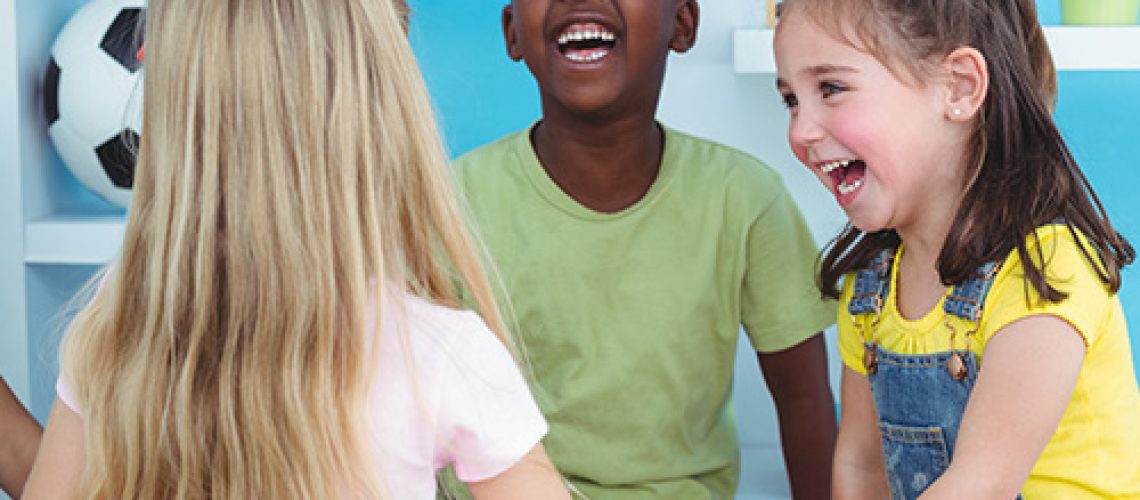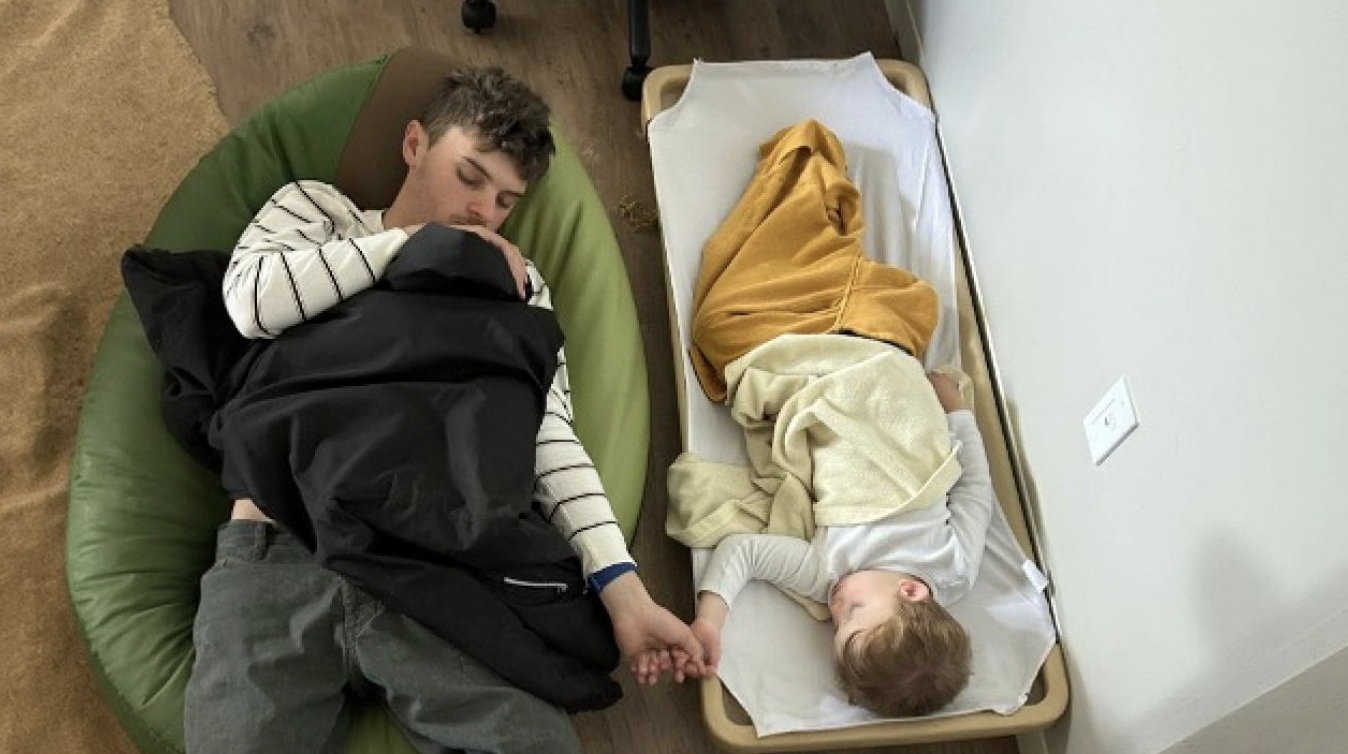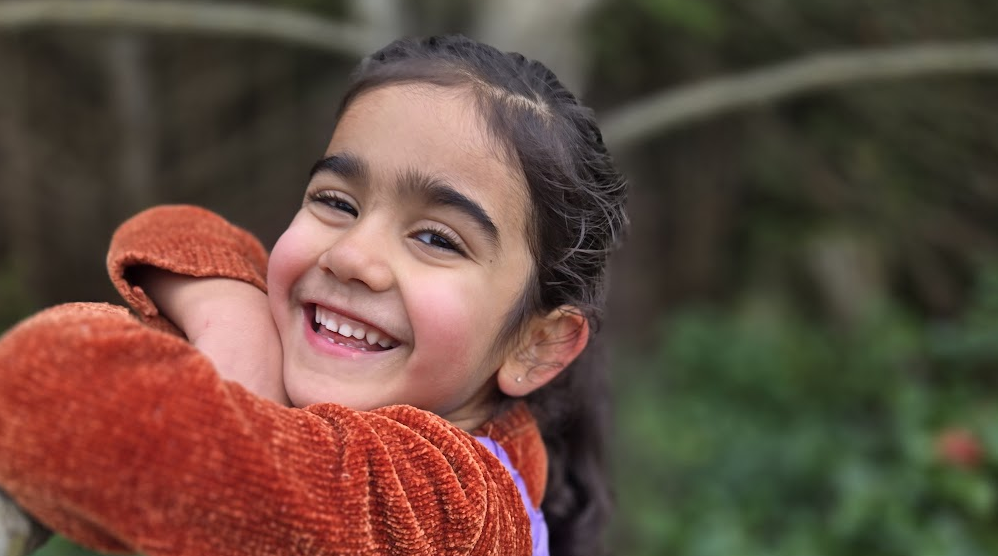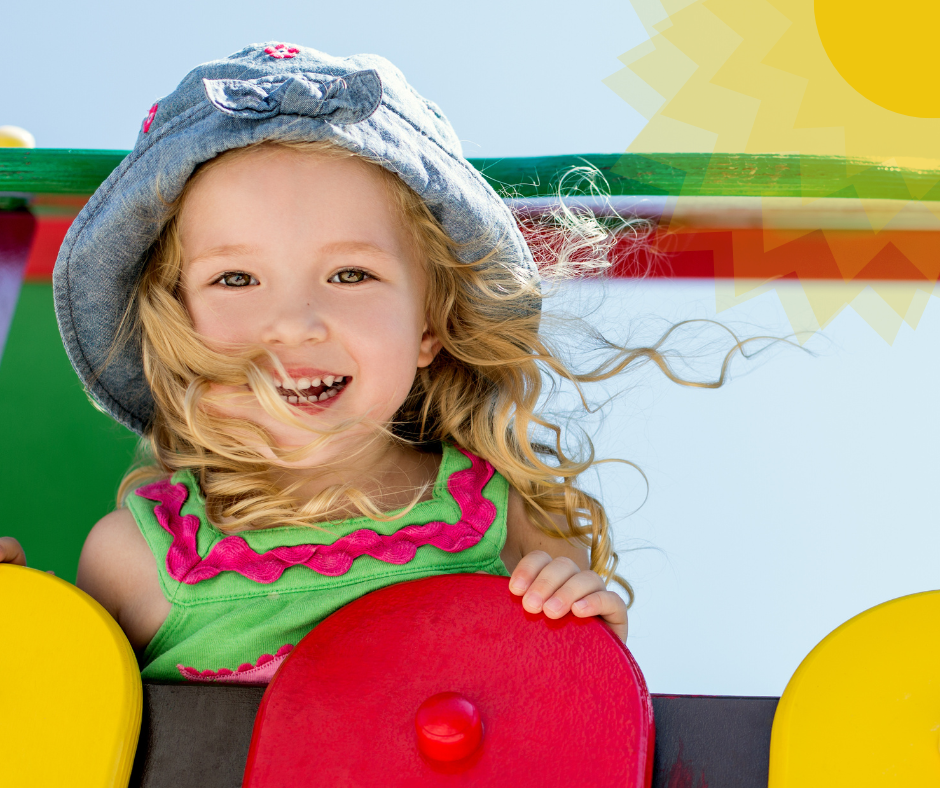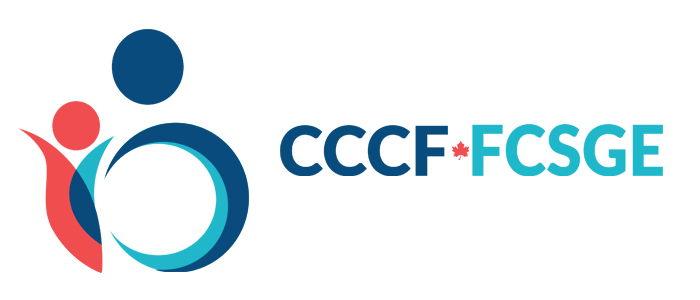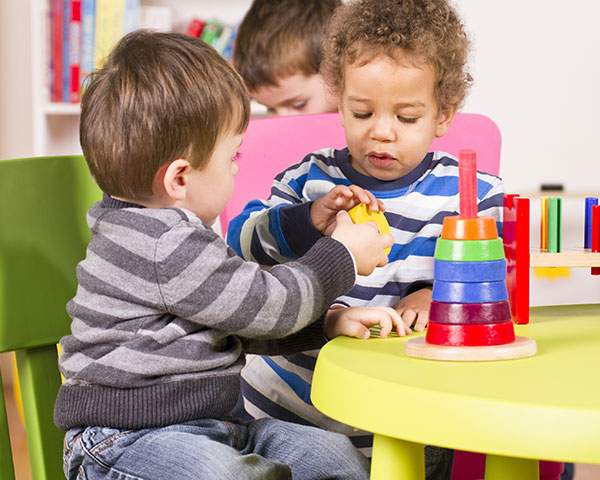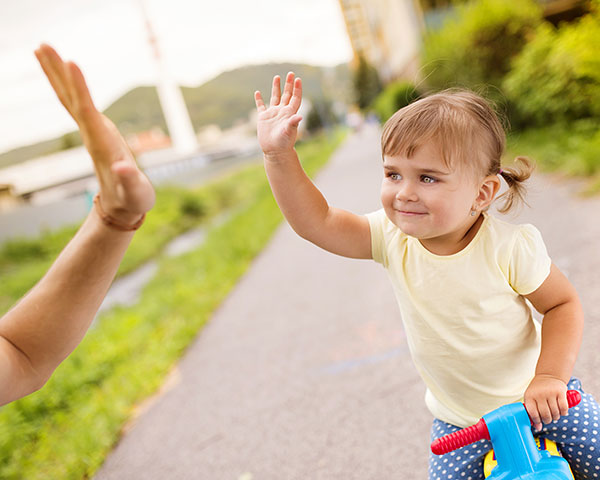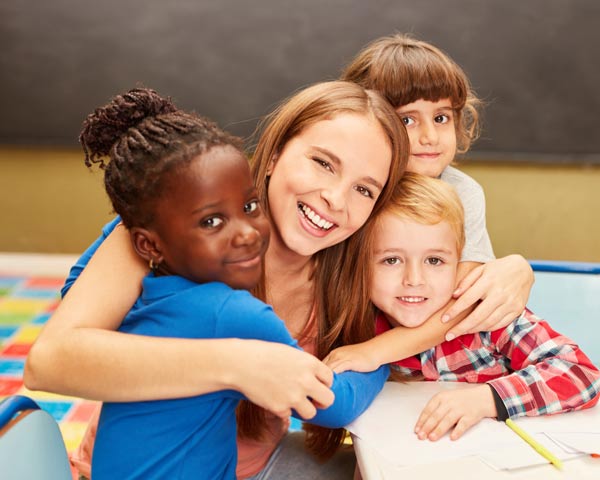If you work in a preschool setting, you may notice that some children interact more with their peers than others. If you have a child in your care who’s often left out of interactions, you may be wondering what impact that might have on their development, and if there’s anything you can do to help.
As an educator, you can make choices to set up your classroom in ways that encourage children to come together, and you can also step in to support interactions that keep children engaged in peer play.
Hanen Centre
How Peer Play Develops
Before age three, children tend to play either independently or with their adult caregivers. They may play alongside other children (called “parallel play”), but they’re generally pursuing their own interests rather than engaging in back-and-forth interactions with peers.
Around age three, this situation changes, with children in early childhood settings interacting more with their peers than with the educators in the room. At this age, we can expect children to:
- Get an interaction going – Initiate to get a peer’s attention, send them a clear message and imitate a peer; and
- Keep an interaction going – Respond when others initiate, persist by finding another way to get their message across, stick to a subject and play in a group for a relatively long time.
This doesn’t always look perfect, and it isn’t usually successful right away. Even typically developing children only successfully enter peer play on the first try 50% of the time. However, while typically developing children tend to persist and try another way to engage, children with language or social difficulties tend not to persist. This means they often spend a lot less time engaged in peer play than other children.
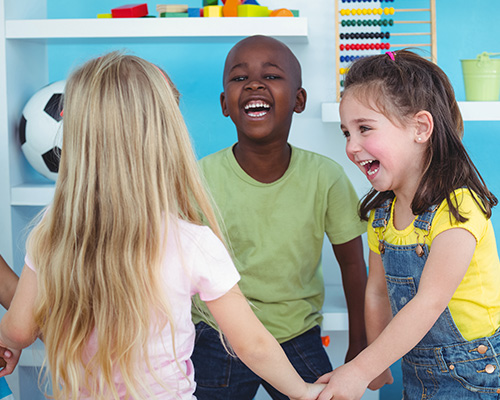
Why Peer Play Is Important
Children who frequently interact with their peers practice important language, social and cognitive skills. They get the opportunity to practice:
- Taking turns in conversation
- Using and building their vocabulary
- Negotiating
- Collaborating
- Sharing
- Problem-solving
Naturally, the more time children spend engaged in peer play, the better these skills become. Since children with delays in their language or social skills spend less time interacting with other children, they often miss out on important opportunities to enhance these skills. But the good news is that there’s a lot educators can do to increase peer play opportunities for more isolated children and help them reap the developmental benefits of peer interaction.
Tips to Promote Peer Play
As an educator, you can make choices to set up your classroom in ways that encourage children to come together, and you can also step in to support interactions that keep children engaged in peer play.
Here are a few ideas to get started:
- Set up for success – The way a classroom is set up can make a big difference in encouraging children to interact. One effective strategy is to create distinct play areas or “nooks” in the room using partitions or shelving. By clearly defining play areas (for example, the Dramatic Centre, Book Centre or building block area), you encourage small groups of children to come together and to stay together for longer.
- Direct conversation away from yourself – If a child makes a comment to you about their new dinosaur shirt, you can promote peer interaction by re-directing the conversation to another child. Try:
- Giving a model of what to say – For example, “You can say to Milo, “Look at my dinosaur shirt!”
- Giving a suggestion – For example, say, “Milo loves dinosaurs! Tell him about your shirt.”
- Giving a hint or an indirect suggestion – For example, “I bet Milo would like your shirt.”
- Give an isolated child an important role – Give a less social child a special role like setting up the art table, driving the pretend bus, or showing the class a new toy. This not only gives the child a reason to interact, but it also helps the other children form a more positive impression of the child, making them more interested in interacting with them.
The ideas in this article draw on content from The Hanen Centre’s Learning Language and Loving It™ guidebook, as well as from The Hanen Centre’s e-Learning session, Boosting Peer Play: How to Support Interactions in Early Childhood Settings. For more information, visit www.hanen.org.


